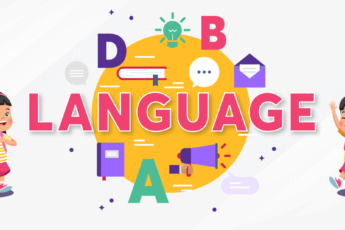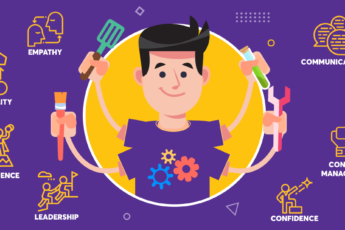Reasons Why Self-Paced Learning Is Highly Effective
Self-paced learning is any learning activity where the learner controls the pace at which they progress through material, often by selecting their content and using it at their own convenience. This can take the form of flipping through chapters of a textbook or watching videos at a slower pace than normal or faster. It can also include activities like reading and taking notes on chapters that interest them most, or answering practice questions before moving on.
Self-paced learning is not entirely new, but its prevalence today made it the norm for educational institutions. After all, their core mission includes ensuring continuous learning happens regardless of where and when students do it. According to Global News Wire, the global self-paced e-learning market is anticipated to reach USD 10960 Million by 2027, with a CAGR of 8.2%.
Students who choose self-paced learning have many reasons for making this choice. Some of these reasons include:
- A busy schedule, which hinders their ability to handle their coursework at their own pace without being held back by other students or having to compete with other students for resources.
- Possibly being more motivated when they feel they are in control of their own progress and the material is not being spoon-fed.
- Knowing they can get help from an instructor or tutor when needed, because they do not have to wait until class starts or until there is an office hour available before getting help with something difficult for them to understand on their own.
Learning at your own pace has many benefits, one of which is that it enables you to go through the material as often as necessary until you fully understand it. Here’s why it is highly effective among students:
🖊️ Combats Short Attention Spans
Some students cannot concentrate on anything for long periods because they have short attention spans. With this type of learner, it makes sense that they would want to learn something quickly to move on to something more interesting than what they are currently doing! Self-paced learning does just that – it allows these learners to move from one thing to another in a matter of minutes. It also helps students improve their concentration levels because they are not forced into studying while they are tired or exhausted from other activities, such as work or schoolwork.
🖊️ Increase Memory Retention
Self-paced learning allows students to be in control of their own learning processes. They’re able to choose which topics they want to focus on, how much time they want to spend on each one, which types of assignments they want to do, and whether or not they want to repeat specific lessons or go over something again before moving on. By giving themselves this freedom, students have more control over their memory retention, which means that when it comes time for a test or exam, everything that’s been learnt will be fresh in their minds.
🖊️ Improved Learning
Students who have difficulties with a particular concept or topic don’t feel pressured to keep going until they get it right. Instead, they can take a break and return later when you feel more ready! When students are forced to work through an assignment quickly, and before they fully grasp the concepts, they will often need to reread the lesson or ask their teacher for help. Students can ensure their comprehension level is high before moving forward with new material by taking a self-paced approach and pausing when necessary.
Are Schools Accepting Self-Paced Learning?
While traditional schooling is still very much in use, an increasing number of students are turning to self-paced learning methods for their education. This trend is likely due to the increase in online resources and how many school districts are switching to more self-paced curriculums. If students enjoy a class or subject matter, they can spend as much time on it as needed to master it. If they feel like they’re struggling in a particular subject, they can move on without waiting for a teacher to be available or not feeling like they’ve left something important behind.
In fact, many classes now have instructors that use videos to teach instead of simply lecturing in person—they record themselves going through the material and then allow students to watch the videos at their own pace at home, in their own time.
While blended learning has been gaining popularity as a way to deliver instruction and assessments, it’s not the only way. A blended approach allows students to learn at their own pace in an environment that supports self-directed learning. It also gives teachers more flexibility in how they deliver content and interact with students.
The Bottom Line
Self-paced learning is a method of teaching that allows students to learn at their own pace. It offers flexibility and freedom to students, which is why it has become one of the most sought-after teaching methods. At Square Panda, we use a mix of experiential, play-based, sensorial, and blended learning to help everyone reach their educational goals. To know more, visit ecce.squarepanda.in




Leave a Comment